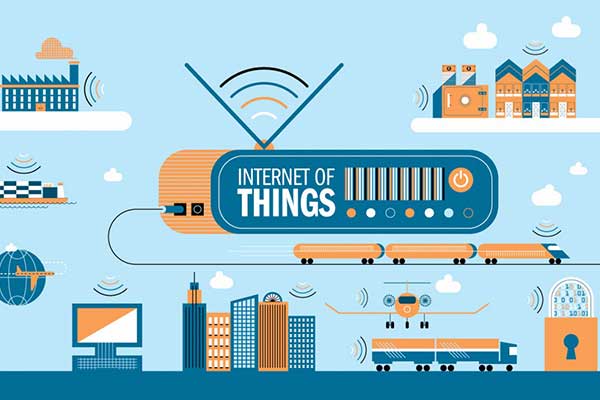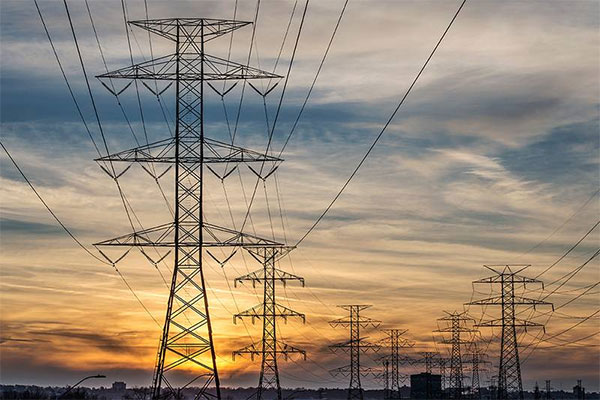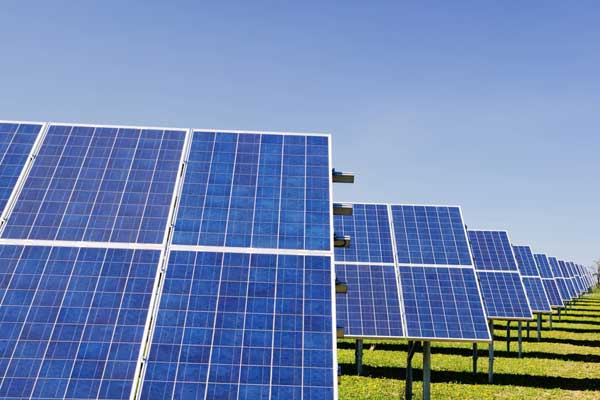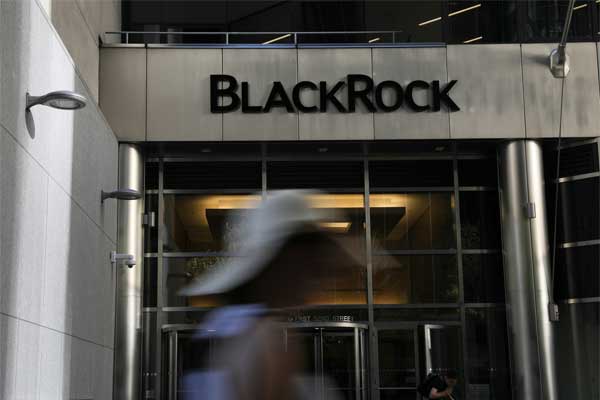Solar Energy keeps on growing exponentially. With the power of the Internet of Things (IoT), platform, the potential is endless.
The International Energy Agency (IEA) recently published a report on the status of renewable energy. The report suggested that overall capacity will grow by 920 GW by 2022. In accelerated IEA estimates, solar could advance by 1,150 GW or 50 percent over the next five years.
As solar energy makes great strides, the digitization of energy will help streamline processes for consumers and power producers to get the most bang for their buck. IoT will be their digital platform of choice.
Business Insider defines IoT as “A network of Internet-connected objects able to collect and exchange data using embedded sensors.”
Gartner dot com adds suggests IoT “is the network of physical objects that contain embedded technology to communicate and sense or interact with their internal state or external environment.”
With a market value of USD $267 billion, IoT is going to be big business. Experts say investments could reach USD $13 trillion alone by 2025.
Jeremy Rifkin, author of The Zero Marginal Cost Society, and The Third Industrial Revolution said there are three components which make up IoT: A communications Internet, energy Internet, and logistics Internet.
Neil Strother, from Navigant Research, wrote that IoT technologies are essential for renewable energy as it allows for an easy mix between infrequent two-way energy sources (solar and wind) and processes behind the meter, including electric vehicle charging and battery storage units.
We are already seeing the impact of what IoT is doing within the energy space.
According to Verizon, IoT connection growth for utilities/energy grew by 58 percent from 2014 to 2015. Verizon also anticipated a total of 454 million U.S connected remote-capable meters with smart-grid app capabilities in 2016 and is expected to double in capacity by 2020.
In solar energy, many leading companies use smartphone apps, including SolarCity. These Apps allow customers to track energy use, and share how they’re saving with their friends via social media outlets, thanks to the power of IoT.
The cost of solar continues to plummet, as now solar is reaching grid parity in many parts of the world. As prices fall, this will only accelerate the solar/IoT ecosystem, as we see more non-traditional players enter the market.
ICT companies will start to enter the market. We are beginning to see this acceleration.
Comcast recently partnered with SunRun to provide solar products to its customers as cable subscriptions decline.
In the future, it may not be a surprise that ICT companies like Bell and Rogers (as they build up IoT infrastructure) may follow in the same path as Comcast to pitch solar to their respective customer base.
On the other hand, utilities will have to change their business models to deal with not only the rise of prosumers within the energy sector but new competitors from ICT in the IoT sphere, as solar prices continue to fall. Utilities will become data service providers, solar rooftop installers, to compete in the new solar IoT era.
However, cybersecurity issues are a thing to watch over the IoT/solar energy space in the next few years. David Fidler of the Council on Foreign Relations told The Guardian there is no real strategy to combat IoT device insecurity.
As solar energy becomes apart of the IoT ecosystem, panels are not immune to being attacked, as a connected device on rooftops.
A recent study found 17 security vulnerabilities in solar inverters, viable to hackers.
“Photovoltaic (PV) installations connected to the power grid and their accessories contain security vulnerabilities which allow hackers to influence the power grid in such a way that power outages can occur,” said Willem Westerhof, of ITsec, who is authoring the report, at a Dutch cybersecurity conference in 2017.
Despite the cybersecurity challenges, IoT is the best digital platform for which solar can scale even further.
















Comments